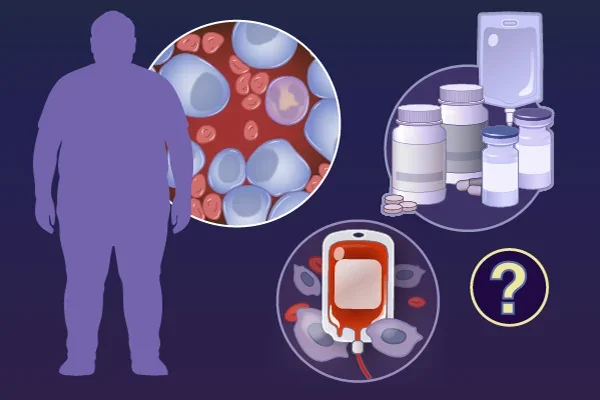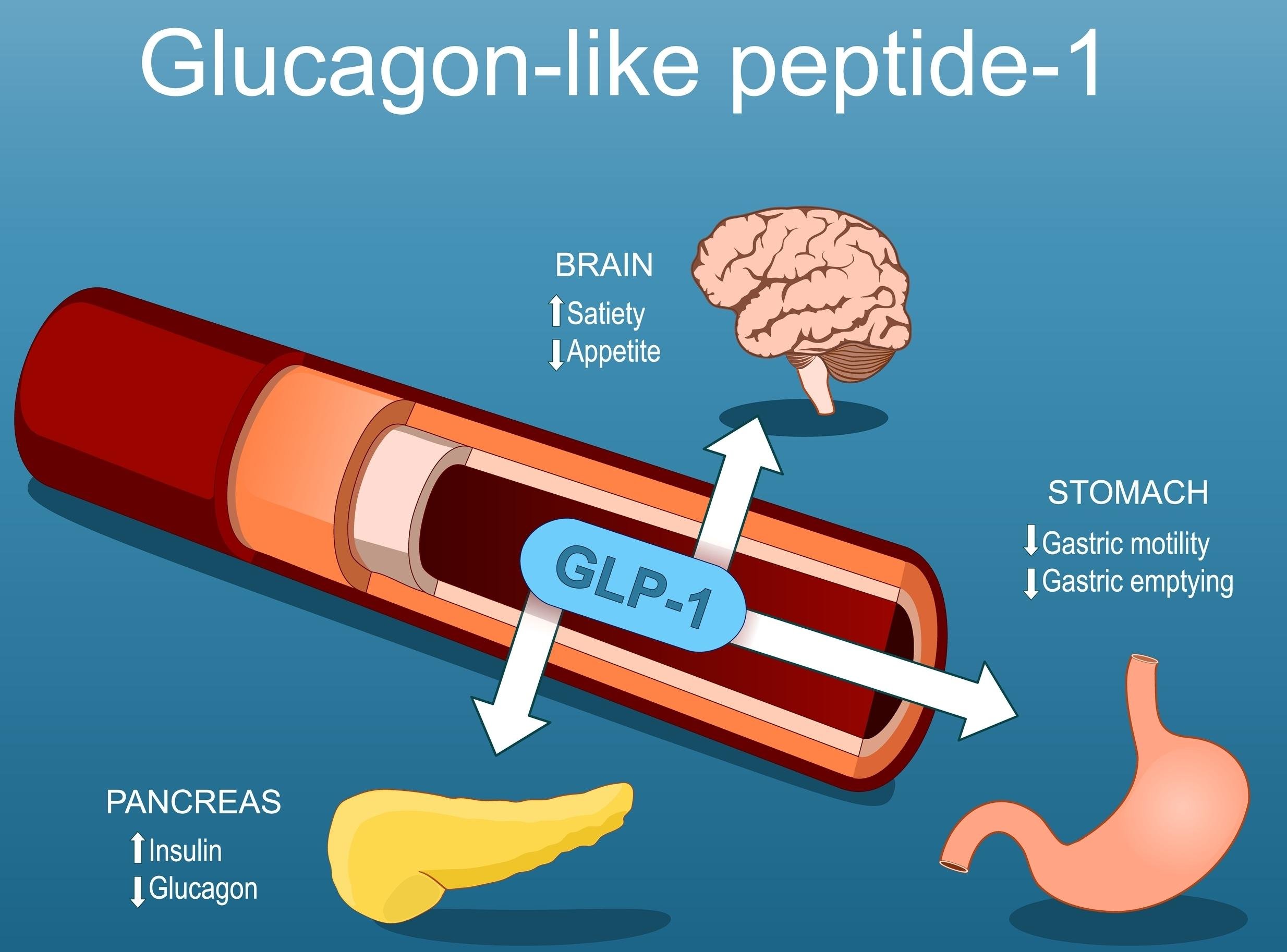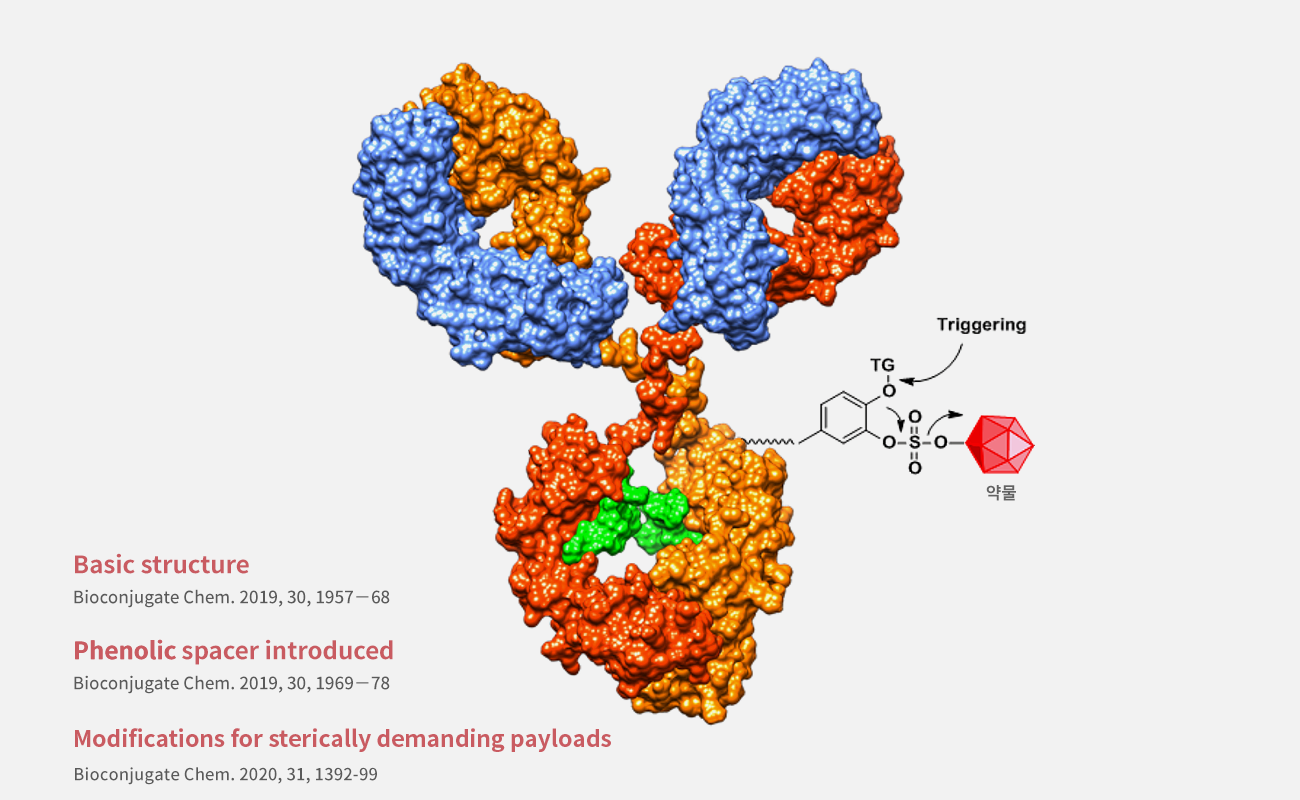🟢 [Ciprofloxacin Monotherapy as a Non-Inferior, Cost-Effective Oral Regimen for Bubonic Plague – The IMASOY Trial]
The IMASOY trial challenges decades of plague treatment orthodoxy. Ten days of oral ciprofloxacin proved non-inferior to the traditional gentamicin-plus-ciprofloxacin regimen, eliminating the need for injections, reducing costs by up to 90%, and enabling community-level deployment. This is not just a medical finding—it is a structural liberation of plague control, shifting power from hospital infrastructure to sovereign, rapid-response capability.
🟡 [Denver, Jeffco Confirm First Human West Nile Virus Cases of 2025]
"Culex mosquitoes are present on every continent except Antarctica and act as vectors for neuroinvasive diseases like West Nile virus, Japanese encephalitis, and St. Louis encephalitis. Unlike Aedes, their activity is nocturnal and their transmission patterns are silent—often going unnoticed until severe neurological symptoms appear. Their spread is accelerating due to climate shifts, stagnant water in urban environments, and weak infrastructure in both tropical and temperate regions."
🟡 [One Dead, Several Infected After Spinal Injection – Structural Infection Control Failure Suspected in Gangneung]
A spinal injection procedure gone wrong has resulted in one death and multiple hospitalizations in Gangneung, Korea, revealing critical lapses in infection control. With MSSA detected in several patients' cerebrospinal fluid, BBIU warns this is not a rare clinical anomaly but a structural hygiene failure. The case symbolizes a deeper erosion of healthcare standards—what we call “medical shrinkflation.” As economic pressures tighten, invisible compromises in sterilization and safety protocols can lead to irreversible consequences. This must be addressed systemically, not symptomatically.
🟡 [Russia’s HIV Explosion Among Soldiers: Carnegie Report Links Surge to Warfront Conditions]
The 2000% surge in HIV infections among Russian soldiers reveals a silent implosion of state integrity—where battlefield supremacy collapses into biological decay. As global HIV rates fall, Russia’s military becomes a vector of viral entropy, leaking epidemic risk into civilian life. This is no longer just a war—it’s a structural disintegration written in blood, needles, and silence.
Structural Inconsistencies in the MIDAS Trial: A Closer Look at NCT04934475 vs NEJM Publication
Despite its clinical value, the NEJM publication of the MIDAS trial (NCT04934475) reveals three key inconsistencies when compared to its public registration:
[3] Trial arms misrepresented: The registry lists only 2 interventions, while the actual design has 4 arms (MRD⁻: ASCT vs no-ASCT; MRD⁺: single vs tandem ASCT).
[4] Design misclassification: Labeled as “factorial” in the registry, the study in fact follows a two-stage MRD-adaptive model, which is methodologically distinct.
[5] Endpoint ambiguity: The primary outcome—MRD-negativity at 10⁻⁶—is imprecisely described in the registry, lacking timing and cohort clarification.
🔎 These gaps raise concerns about inferential transparency and suggest post hoc analytical latitude.
Integrity Verdict: 🟡 Moderate Epistemic Integrity
🟡 Measles Case Confirmed in 770 Dormitory in Crown Heights
“A single case of measles within the densely layered ecosystem of Crown Heights—where undocumented migrants, foreign-born students, and multi-generational religious communities cohabit without uniform medical oversight—should not be seen as an isolated incident. It is a signal. The structural conditions that allow for silent transmission—overcrowded dormitories, incomplete vaccination records, and distrust in public health institutions—form a perfect substrate for re-emergent epidemics. This is not merely a clinical event. It is an integrity stress test for the entire symbolic and epidemiological fabric of post-COVID urban America.”
🟡 “Clinical Trial Costs Surge... Industry Pushes to Loosen Co-Development Restrictions”
Korea’s pharmaceutical sector stands at a dangerous crossroads. The proposed shift from a ‘1+3’ to a ‘1+7’ co-development framework—if implemented without rigorous QA and post-approval verification—risks severing the critical link between clinical evidence and product identity. While framed as a solution to rising development costs, this path could quietly erode the nation’s regulatory credibility, disincentivize true innovation, and lock domestic firms into a low-trust, high-volume manufacturing cycle.
What begins as a shortcut may end as systemic drift. Without structural safeguards, Korea could forfeit its standing as a serious pharmaceutical power in the eyes of international regulators, investors, and patients alike.”
🧾 Technical Summary – NEJM 2025: Ivermectin to Control Malaria
“Ivermectin is no longer just a curative molecule. It is now a population-level infrastructure — a pharmacological firewall embedded into human biology, targeting the disease not through the patient but through the vector's need to feed.”
🟡 Pediatric Fatality from Brain-Eating Amoeba in South Carolina
While statistically rare, Naegleria fowleri—the so-called "brain-eating amoeba"—is symbolically powerful. This thermophilic organism enters through the nose during freshwater exposure and causes Primary Amebic Meningoencephalitis (PAM), a rapidly fatal CNS infection with a mortality rate exceeding 98%. No antiviral exists. Treatment is toxic, invasive, and almost always ineffective.
The true danger lies not in its frequency, but in its invisibility: it bypasses our clinical reflexes, diagnostic protocols, and public health narratives. One case can dismantle institutional trust if left unexplained.
BBIU argues that PAM is a high-symbolism, low-incidence threat—a mirror held up to modern medicine’s blind spots. Prevention is simple, specific, and lifesaving: avoid nasal water exposure in stagnant, warm (>25 °C) freshwater. Below 18 °C, the amoeba is inactive.
Understanding N. fowleri is not just a microbiological duty—it’s a cognitive recalibration. We must recognize that epistemic fragility often hides in warm, familiar places.
How many daily steps do you need to boost health? It’s not 10,000, new study says
"Walking faster is not merely exercise—it is a daily act of structural resilience. Increasing your walking speed by even 20% enhances capillary perfusion, immune cell circulation, and metabolic efficiency. Our analysis suggests that brisk walking transforms routine movement into an immune mobilization protocol. In aging, urban societies where chronic disease accumulates silently, 7,000 purposeful steps may be the simplest, most powerful public health intervention available today."
🟡 [FDA Debate Over Fluoride Supplements for Children]
While fluoride’s protective role in dental health is well-established, particularly through topical applications, the systemic ingestion model—especially in children—raises unresolved questions. The current FDA debate exposes a deeper structural tension: a product exempt from modern approval standards seeks renewed legitimacy under the banner of equity, despite low systemic efficacy and unclear long-term safety. The promotion of fluoride tablets reflects not only gaps in scientific consensus but also the persistence of symbolic public health interventions that may serve industrial supply chains more than patient needs. When effective topical alternatives exist, the systemic route becomes not a medical necessity, but a strategic and symbolic decision.
Evaluating the Risk of Lean Mass Reduction During GLP-1 Receptor Agonist Therapy
“While GLP-1 receptor agonists have revolutionized the treatment of metabolic disease, the emerging pattern of lean mass loss—accounting for up to 40% of total weight reduction in some trials—raises a clinically relevant paradox. Weight is lost, but so is structure. Without proactive intervention, this silent catabolism may compromise physical function, metabolic resilience, and quality of life. The therapeutic conversation must now evolve: from weight loss alone to functional preservation.”
🔎 FDA Rejects Brexpiprazole–Sertraline Combo for PTSD: Signal or Systemic Failure?
“Despite a mechanistically compelling rationale and one statistically positive Phase 3 trial, the FDA decisively rejected the brexpiprazole–sertraline combination for PTSD due to inconsistent efficacy and regulatory standards requiring replication. This case exposes the structural fragility of psychiatric drug development, where even a ~5-point improvement on CAPS-5 is insufficient without reproducibility. It also underscores a broader tension: between the urgent need for new PTSD treatments and the rigid evidentiary bar that neuropsychiatric indications must clear.”
The Hidden Patent Threat Undermining IntoCell’s Nexatecan PlatformA forensic patent analysis following ABL Bio’s sudden technology withdrawal
When ABL Bio abruptly returned the Nexatecan platform to IntoCell, few expected the root cause to lie beneath international waters — a Chinese submarine patent with striking structural similarities. This forensic comparison exposes the overlap between US20220047717A1 and WO2023088235A1, raising critical questions about freedom to operate, IP governance, and the hidden risks lurking in ADC development pipelines.
ProKidney Drives a Truly Advanced Cell Therapy for Diabetic CKD
Can an autologous cell therapy shift the course of diabetic kidney disease?
ProKidney’s REACT (Rilparencel) delivers a striking signal: a +4.6 mL/min/year improvement in eGFR slope in a Phase 2 study — one of the strongest functional preservation outcomes ever recorded in late-stage CKD.
But beneath the excitement lies a complex regulatory and methodological landscape. With no sham control, small sample size (n=49), and reliance on a surrogate endpoint, the data must be interpreted with precision.
This BBIU report dissects the trial design, FDA alignment, market reaction (NASDAQ: PROK +500%), and strategic outlook. It also frames the risks: regulatory uncertainty, lack of long-term durability data, and the challenge of scaling autologous manufacturing.
REACT is not a promise — it's a possibility. One that, if validated in Phase 3, could redefine what is therapeutically achievable in diabetic CKD.
Obicetrapib: Consistent Lipid-Lowering, Silent Systemic Risks
Obicetrapib: Beyond Lipids
The BROADWAY Phase 3 trial confirmed obicetrapib’s potent LDL-lowering efficacy (−32.6%) in high-risk cardiovascular patients already on maximal statins. But when efficacy is statistical and safety is probabilistic, the real question shifts:
What don’t we see—yet?
While clinical endpoints are reassuring, CETP inhibition raises mechanistic flags beyond plasma cholesterol:
Could rigidified macrophage membranes impair immune presentation?
Might hepatic cholesterol be silently accumulating?
Is hormonal balance vulnerable to long-term precursor depletion?
As obicetrapib moves from trial to population, its safety narrative must evolve from absence of harm to proactive detection of subtle biological shifts—before they manifest as clinical signals.
Mutation Without Smoke: How Urban Pollution Generates Genetic Signatures More Aggressive Than Tobacco
When pollution writes the genome.
In the largest study ever conducted on lung cancer in never-smokers, fine particulate pollution (PM2.5) was shown to trigger TP53 mutations—the same lethal genetic alterations caused by tobacco. Urban air doesn’t just irritate the lungs; it structurally reshapes the genome. As TP53-targeted immunotherapies emerge, we face a paradigm shift: pollution isn’t just a public health issue—it’s a mutagenic force with trillion-dollar implications for drug development, regulation, and justice. The data is no longer observational. It’s molecular.
What Happens to a Child During Economic Collapse? Part 3: Malnutrition, Tuberculosis, and the Future We Lose
What happens to a child during economic collapse?
They don’t go to the ICU.
They don’t file unemployment.
They disappear from the curve — quietly, biologically, structurally.
This report traces how economic breakdowns cause pediatric collapse through five interconnected pathways:
Chronic malnutrition
Neurocognitive regression
Tuberculosis reactivation
Institutional abandonment
Collapse of food infrastructure
We dissect how Isoniazid depletes vitamin B6, how MDR-TB bankrupts prevention, and how school kitchens can be repurposed as survival architecture — if properly shielded from contamination and bureaucracy.
This is not a humanitarian essay.
It is a structural field manual —
for when the collapse is no longer hypothetical.
What Happens to Health During an Economic Collapse?
In Part 2 of our series on structural health vulnerability, we dive into the silent erosion of respiratory stability during economic downturns.
High male smoking rates, rising female tobacco use, poor disease understanding, and unaffordable controller therapies converge into a pulmonary time bomb — especially in winter.
We show why asthma and COPD aren’t just clinical issues — they’re system indicators.
When they spike, it's already too late.
High-Precision Therapies vs. Collective Impact: The Case of Hemgenix and National Productivity
💡 What if curing disease isn't enough?
In 2025, the UK publicly funded Hemgenix — a $3.3M gene therapy for hemophilia B — offering life-changing benefits to a few dozen adults. But beneath the clinical triumph lies a structural question:
👉 Is this how we maximize collective return on public health investment?
This article explores the economic and ethical calculus behind breakthrough therapies, contrasting late-stage interventions with early, high-ROI strategies that preserve national productivity from childhood onward.
📊 From GDP modeling to risk-adjusted costs of lifelong transfusions, we analyze why innovation should align not just with individual outcomes, but with societal impact.

![🟢 [Ciprofloxacin Monotherapy as a Non-Inferior, Cost-Effective Oral Regimen for Bubonic Plague – The IMASOY Trial]](https://images.squarespace-cdn.com/content/v1/685a879d969073618e9775db/1754744843556-ZV454A9HMFEB3AJ8K246/Yersinia-pestis-678x381.jpg)
![🟡 [Denver, Jeffco Confirm First Human West Nile Virus Cases of 2025]](https://images.squarespace-cdn.com/content/v1/685a879d969073618e9775db/1754388395929-8A59JR1IASKNU3NOL1MJ/Culex-quinquefasciatus-female-mosquito-16-9.jpg)
![🟡 [One Dead, Several Infected After Spinal Injection – Structural Infection Control Failure Suspected in Gangneung]](https://images.squarespace-cdn.com/content/v1/685a879d969073618e9775db/1754375268546-BIEL1PCY36U85CUG6LLC/2025-08-03T144618Z_1511805801_RC2QZFAPSHC2_RTRMADP_3_RUSSIA-QUAKE-VOLCANO-e1754238767596-1024x677.jpg)
![🟡 [Russia’s HIV Explosion Among Soldiers: Carnegie Report Links Surge to Warfront Conditions]](https://images.squarespace-cdn.com/content/v1/685a879d969073618e9775db/1754269749952-70VEGNYR47H1AWGXHEQS/0003459575_001_20250804072216448.jpg)






![🟡 [FDA Debate Over Fluoride Supplements for Children]](https://images.squarespace-cdn.com/content/v1/685a879d969073618e9775db/1753410105620-7LZN7YI3NNXHGHP6XTW1/istockphoto-1160757152-612x612.jpg)








